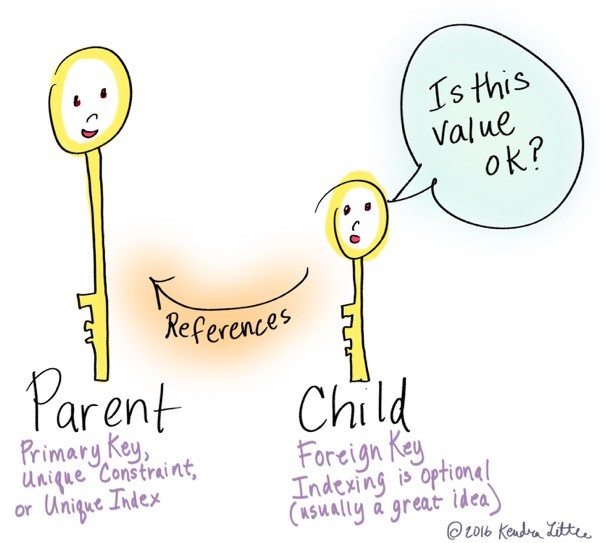Measuring Query Duration: SSMS vs SQL Sentry Plan Explorer
Every query tuner wants to explain exactly how much faster we made a query.
But sometimes SQL Server Management Studio adds noticeable overhead to the query duration. For relatively fast queries that return more than a few rows, just the overhead of displaying the results can skew your duration metric.






